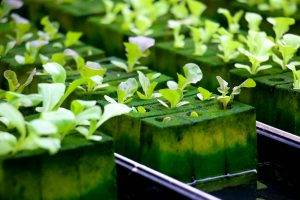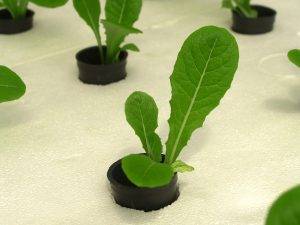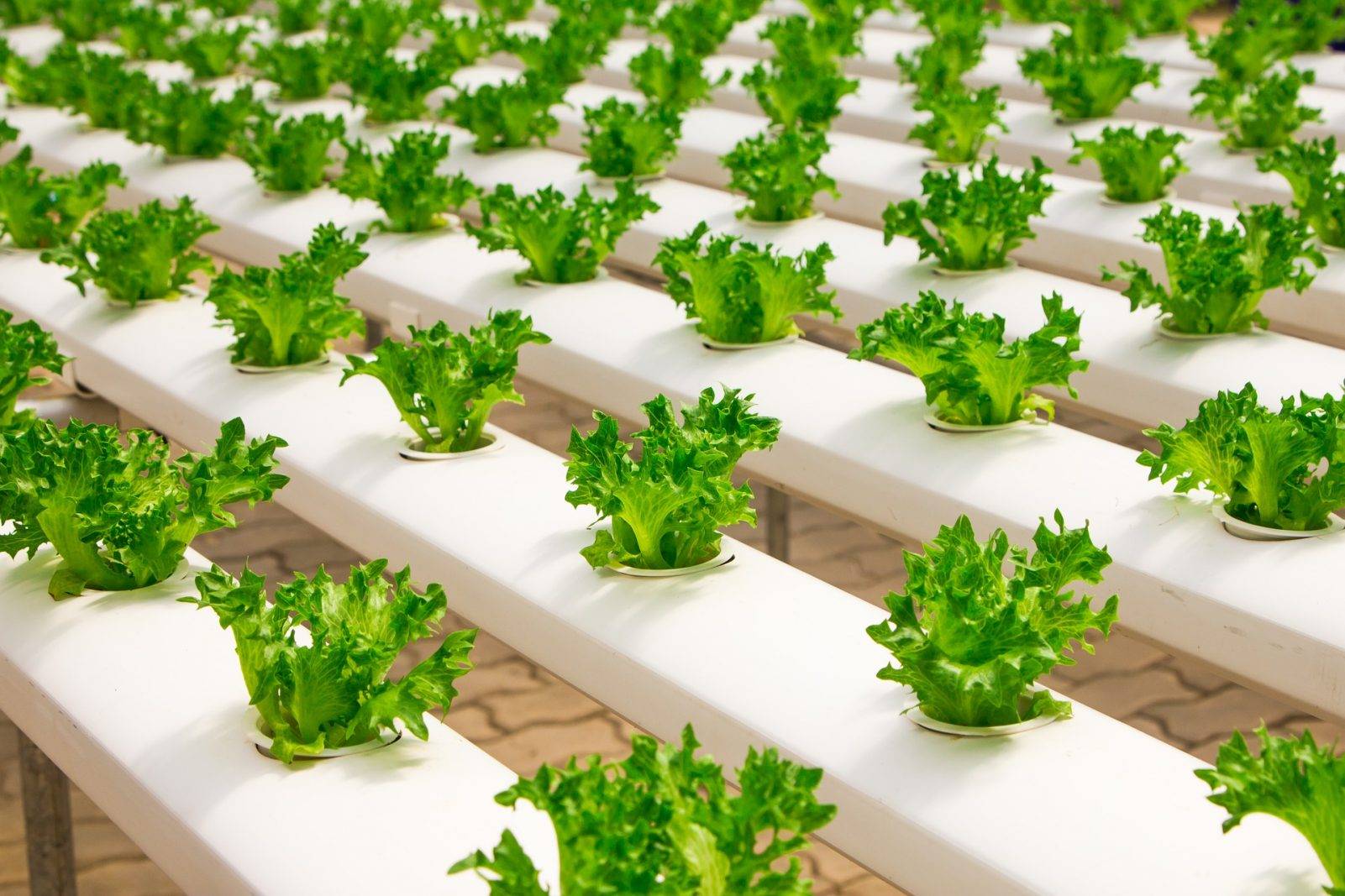Luxury of rejoicing dewiness of fresh vegetables round the year straight from the farm fields is no more a fantasy, it is in fact a reality which seems quite evident while riding Gurugram Rapid Metro. Picturesque is akin to hanging gardens of Babylon in the form of glass clad hanging balcony farms right in the middle of myriad of skyscrapers sprawling in the DLF area of Gurugram, the city, which is a home to tech giants, pharmaceuticals, automobile majors, business process/knowledge process outsourcing, and list goes on. A small sized garden of 200 sq. ft. housed with more than 500 plants can offer a rejuvenating escapade, at par with a refreshing break from the hustle and bustle of the cosmopolitan clutches. The new popular but nascent stage of urban farming which India is witnessing in the form of kitchen gardens, terrace farms etc., sounding like something out of a science fiction, is nothing new but Hydroponics, a technique which has the potential to revolutionize the agriculture and farming industry by taking it to the next level. In present context, it is not wrong to mention that hydroponics farming is as popular in India as it is on the moon. The imprints of this technology on Indian psyche were far visible during the lockdown, which stimulated the new farmers to undertake kitchen gardening. The awareness of sustainable farming and a crave for eating fresh, zero carbon, organic and home-grown food were the main driving forces for early adoption of this budding farming technique.
Derived from the Greek words “hydro” meaning water and “ponos” means labor, hydroponics is soilless culture of plants with first recorded use of hydroponic gardening, which traces back its practical application in 1940s on Wake island, a soilless island in Pacific Ocean developed to supply fresh vegetables to local troops by United States Army during second World War. The substantial factor which renders this farming irresistible for home growers is lesser space engagement area with almost 90 percent less water consumption owing to its recycling nature. Soil free farming is the latest trend as it makes use of macro and micronutrients enriched water solution. A controlled habitat with regulated humidity and temperature level to the amount of light coupled with balance of nutrition and water will result in faster growth with enhanced yield which is free from chemicals or pesticides. The increased output is independent of weather vagaries and water scarcity, which makes it even more fascinating venture. On the contrary, it seeks finer assimilations on the subject by way of necessitated before hand tutelage of an accomplished hydroponic farm owner. More germane for better comprehension is the fact that almost after a century since its inception, hydroponics stands with a meagre contribution of less than a percent in the total world food production so far.

Scandinavian countries extensively engage hydroponic farming for their self-reliance considering the prevailing harsh climatic conditions which make conventional farming unviable. The up surging world population will soon render the arable land area falling short to feed the entire world population with the conventional way of carrying out farming activities. The world population is estimated to grow to 10 billion by 2050, considering the continued growth rate which requires double the land and double amount of water to feed each one of us. India is no far behind in the league, as a matter of fact it is fastest growing country with a burgeoning population of 1.38 billion. The land is becoming big-budgeted affair and with increasing population fertile land for farming activities getting scarce. Since independence, the arable land availability per capita ceaselessly dwindled to less than one fourth without any noticeable alarming signs, which poses a big threat to the nation in the form of food insecurity. In India, most people have grown up with the idea that good farming is an outcome of good soil and requisite amount of water with a favorable climate spell. Majority of the population actively engaged in direct agriculture appertains to the poverty line which lacks investment capabilities, requisite knowledge and willingness to venture out of comfort zones. Innate to the soil-based farming, certain challenges are also inherent in hydroponic farming like rising temperatures, droughts and floods, lack of irrigation, polluted water systems etc., which need to be tackled efficaciously in order to facilitate better grasp on the farming activity.

A handsome amount of foreign exchange is being dished out every year for import of exotic vegetables and the domestic demand is growing at a lucrative rate of around 15-20 percent. The overall global hydroponics market is projected to grow at CAGR of 12 percent and is set to achieve $ 17 billion by 2025. Mass domestic production of such segment of agriculture yield will further augment generation of employment with significant wealth creation for bridging the income disparity. Considerable thrust by way of state-of-the-art government policies will help transforming agriculture segment into an organized sector. Back-ended subsidy @ 25% of project cost with ceiling of Rs.50 lakh (33% of project cost with ceiling of Rs.60 lakh for scheduled and hilly areas) for capital intensive and high value crops for development of commercial horticulture under protected cultivation (1000 sq. meter or above) from National Horticulture Board (NHB) serves as a fillip to the cause, even though the subsidy amount differs state wise. Formation of Specialized Agriculture Zones (SAZ) equipped with plant propagation labs, plant health clinics, bio pharmacy, plant material production units, irrigation support, processing and value addition units, markets and credit interventions, if required, is pivotal to the thriving of this agri-business.
Easy access to the agricultural credit for deploying this farming technique will help achieving milestones in the much-anticipated agriculture revolution. Financial institutions are expected to fortify themselves by way of hiring agri credit professionals well versed with the state-of-the-art farming technology. These credit professionals are supposed to work with a well-coordinated approach and actively involve themselves in the economic feasibility of the farm to ensure the profitability of the venture undertaken to repay the credit availed from them. The online platform for disseminating the detailed information, which is critical for this specialized farming, will provide not only seamless experience but also help exploring further integration of market availability on diverse demographics. Sponsoring of various seminars can act as a tool for increasing awareness among innovative farmers and facilitate the path to gather required information. Financial institutions of countries with harsh climatic conditions and diverse demographics have proved their financial mettle by responsibly shouldering the good cause in bringing novel hydroponic farming out of oblivion. Indian financial institutions may take a cue from their counterparts and make a strong foothold in financing of hydroponic farming.

Rajesh Dahiya
Chief Manager,
State Bank Institute of Learning and Development , Panchkula





